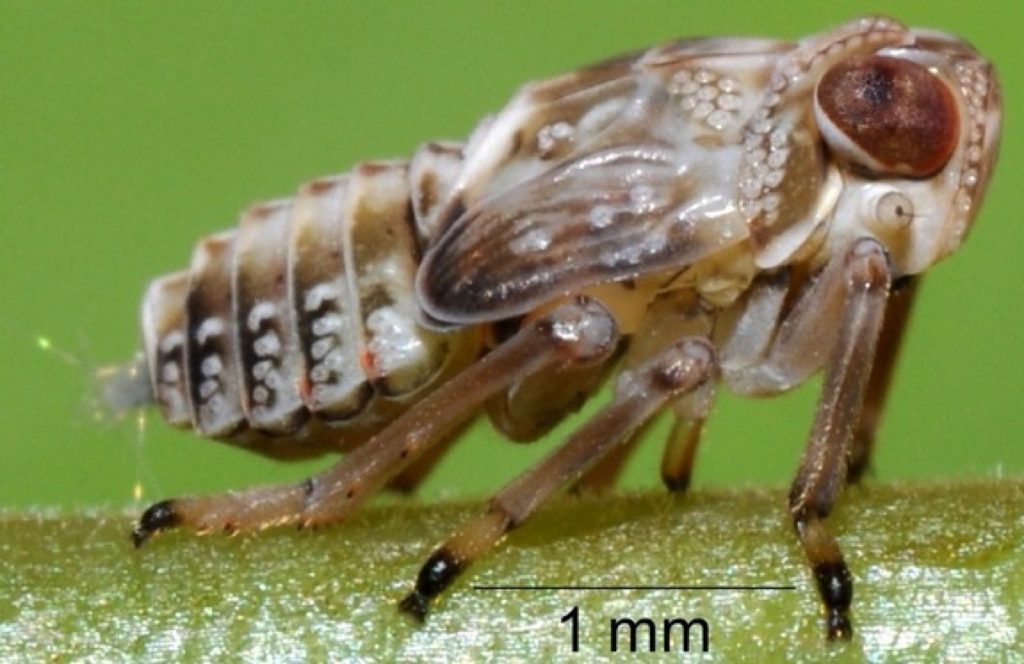For the first time in scientific history, mankind has discovered functional rotating gears in the animalian biosphere. While cog-shaped components are found elsewhere in nature, the gears of the leaf-jumping Issus nymph are unique in their functionality. Malcolm Burrows began observing the leaf-jumping insect’s unique skeletal frame while in Germany, only to later discover the same biological mechanisms within England’s population. With his interest tickled, Burrows began looking more closely at what made this small, white insect successful. Issus is a garden variety European insect, but yields fascinating structural information concerning the evolution of biological mechanisms in nature.
Although flightless, this plant-hopping species can achieve proportionally massive leaps, made possible by the pragmatic, flawless motion of its gear design. Issus’ gears enable it to make necessary leaps within its leafy habitat, and gives it the ability to move quickly when threatened. The gears are structured to rotate directionally, and are asymmetrically shaped to interlock the teeth of the gears. Through synchronized movement and release, Issus gears dramatically boost the insect forward. Researchers have teamed with artists to film and document this unique biological process, and now have high-definition photography to support their hypotheses.
Because of the gears’ consistent, effective motion, humans stand learn about complex mechanisms from an insect. Considering the relatively massive scale of jumps possible through such design, primitive humans had long theorized that the Issus was simply “really ball-sy” and “did lots of squats” to jump through the leafy canopy.
Are you the author of this article? We had a site crash back in 2016 and lost some author attributions. We promise this is not a snub! Please email us and let us know that this is your post. Thanks and apologies!


